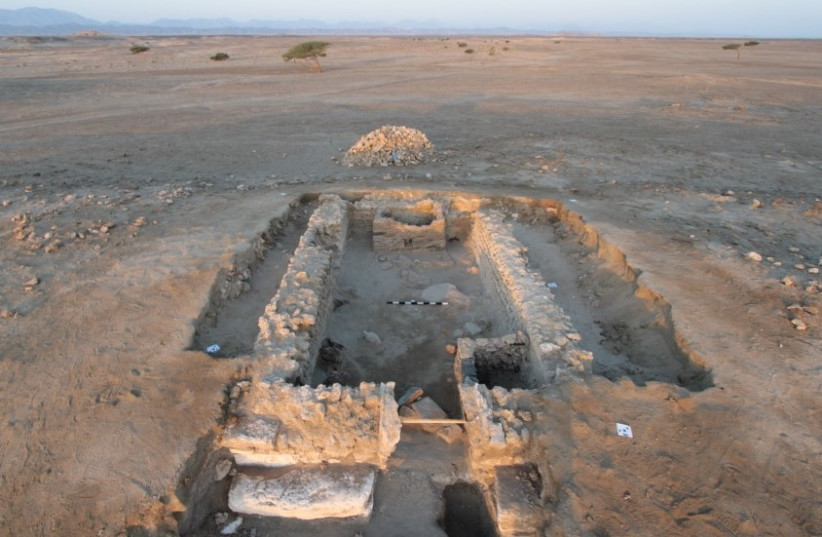In the Egyptian port city of Berenike, situated near the nation's southernmost point of the Red Sea, archaeologists have uncovered an ancient Buddha statue, which is uncommon for the region.
The statue dated back to the 2nd century AD, according to the Egyptian Ministry of Tourism and Antiquities.
The statue was made of Mediterranean marble, highlighting possible trade routes between ancient Rome and India. It is also the first of its kind found west of Afghanistan, the New York Review of Books reported.
Archaeologists from the University of Delaware and the University of Warsaw found the statue during an excavation of an ancient temple in the city of Berenike.
The statue may be small, but it certainly does not lack character. Standing just over two feet tall, the statue shows Buddha standing and holding his garments in one of his hands, with a halo around his head as well as a lotus flower. According to researchers, they believe the statue was created in the Egyptian port city of Alexandria in the second century.
Buddha found in Egypt was found alongside a tablet with Sanskrit inscribed

Along with a Sanskrit inscription dating back to a Roman emperor known as "Philip the Arab," who ruled from 244-249 CE and came from present-day Syria, two coins from the Indian Kingdom of Satavahana dating back to the same period of time were found, Egypt's Ministry of Tourism and Antiquities said.
These discoveries show a connection between three ancient societies that helped build the modern world. Ancient Rome, India, and Egypt were more connected than previously thought and had intricate trade routes never previously imagined.
This discovery also showed that Egypt was a gateway between the East and the Roman Empire.
These finds indicate a greater connection than previously known between Ancient Rome, Egypt, and India. Due to its central location along Roman trade routes, Egypt served as a gateway between the Roman Empire and its ancient counterparts.
The city where the Buddha was uncovered, Berenike, was founded in the third century BCE and became one of the largest ports in the region under Roman rule until it was abandoned in the sixth century CE.